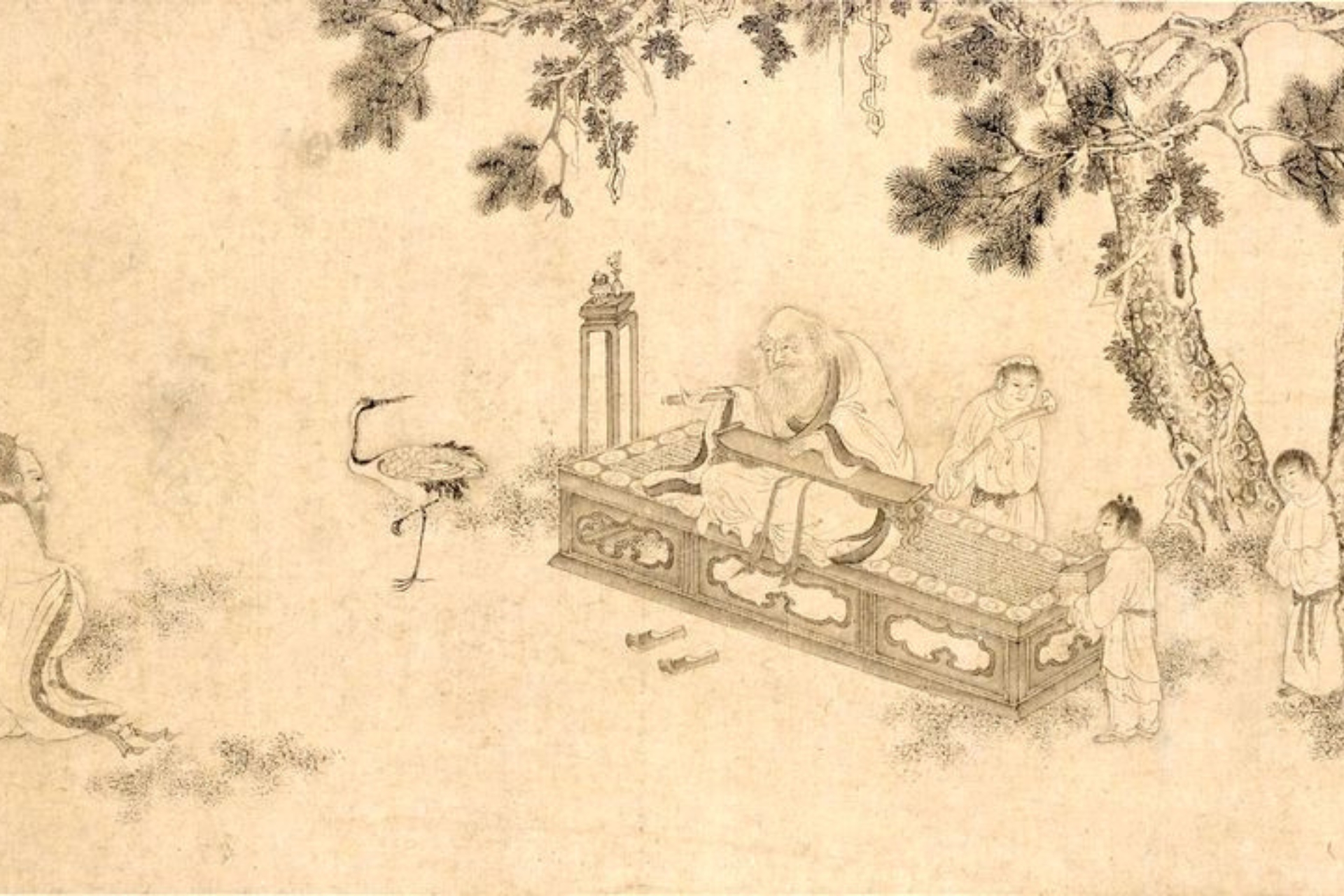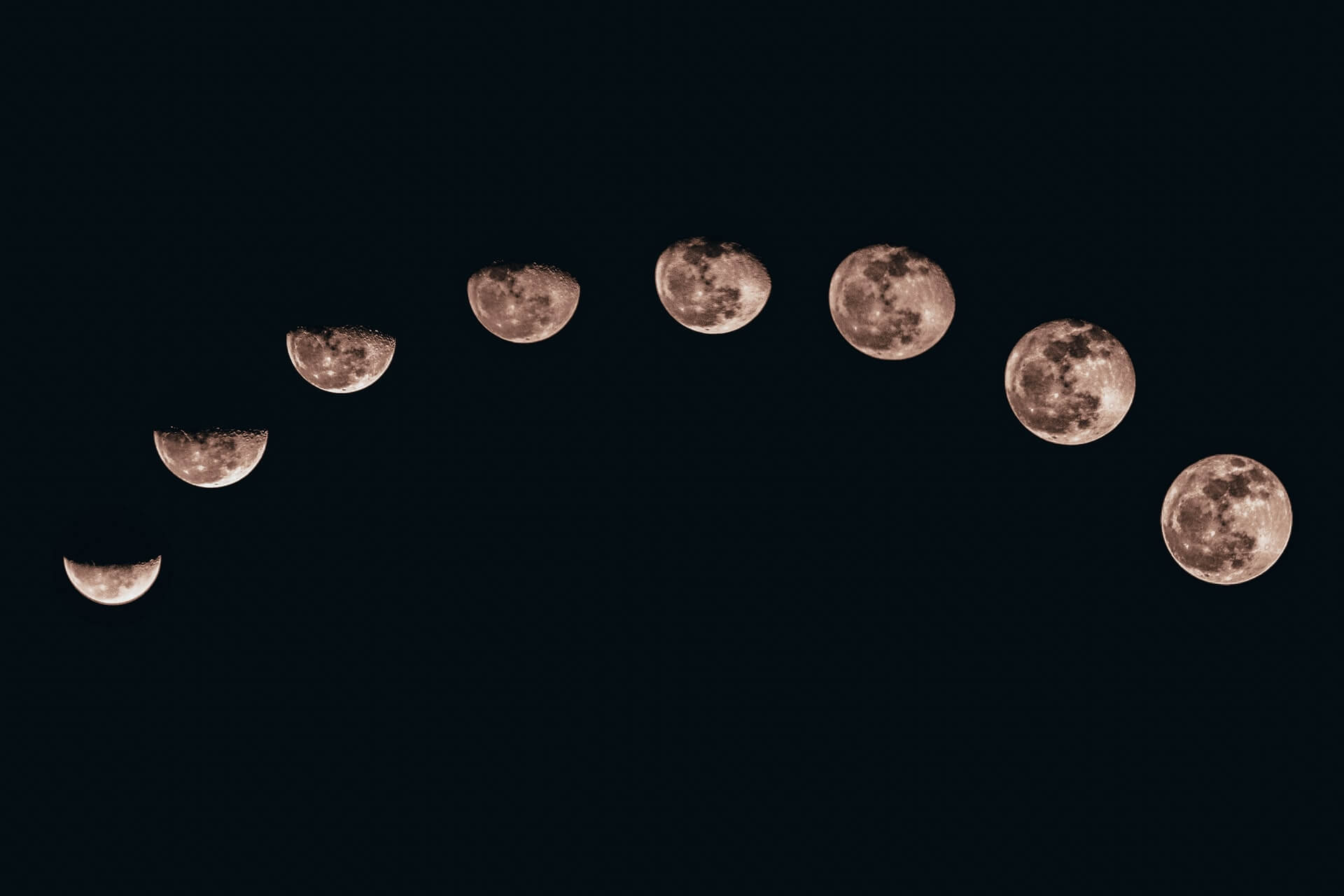To many people, Taoism (also spelt Daoism) is confusing by its very nature and definition.
With an ethereal quality that sets it apart from many religions and faiths, its philosophy centres on sharing a truth that the Tao (or Dao) is indefinable. For defining would only limit and confine its meaning.
Let’s face it, how can you really define something understood as the way of the universe?
This core teaching encourages each person to discover its truth for themselves. With no specific answers and a need to experience it directly, it is clear why the teachings of this ancient philosophy have been somewhat challenging to grasp, given the majority of society interpret the world based on tangible theories, concepts and belief systems.
Taoism offers an alternative in the form of an invitation to explore its truth for yourself.

Origins of Taoism
Taoism can be traced back to ancient China and the philosophical work of Lao Tzu, a wise Chinese sage, who around 500 BCE wrote the main book of Taoism, the Tao Te Ching.
Defined as ‘The Path of Virtue or Integrity’, the Tao Te Ching holds a collection of poetic wisdom teachings. Since its creation, the text has served to guide Taoist thought and actions.
While the philosopher Lao Tzu (also Laozi) is believed to have written the ancient text, there is little evidence that the wise sage existed at all. It is believed that the book is a gathering of earlier sayings from many authors.
Despite this, Taoists still see Lao Tzu as the image of the Tao and accredit the philosopher with the origin of the book for cultural and political reasons.
By the eighth century CE Taoism had become well known and practised extensively as the main religion of the Tang dynasty.
As China progressed culturally through the centuries, it existed alongside Buddhism and Confucianism. However, the Communist movement in the late 1950s banned Taoism and other religions. This suppression led to a decline in the popularity and practice of Taoism in China.
Today many Taoists can be found in Taiwan, but recent reforms in China has increased the number of practising Chinese Taoists.
The Taoist Philosophy
Taoism teaches that all living things should be in balance and harmony with the Tao, or the universe and the energy found in it.
Chi or Qi is seen as the energy present in and guiding everything in the universe.
One of the main ideas of Taoism is the belief in balancing opposing universal forces, or yin and yang.
It is in balancing matching pairs, such as light and dark, hot and cold, action and inaction that the whole picture can be understood. This teaching draws parallels with wisdom expressed by numerous ancient cultures about the interconnected nature of all things and that nothing makes sense by itself.
Practising Taoism is concerned with finding a balance between the way we live our lives and the demands life places on us.
This approach can be seen as a state of passive resistance where one is prepared for every eventuality, yet completely at ease with the flow of things unfolding naturally.
Following this way of being is best expressed in the Taoist expression of ‘Wu Wei’ or ‘effortless doing’. As it is in not forcing that true surrender to what’s possible can take place. Trusting the power of the universe to guide us along a path of greater purpose and harmony because the more interference the greater likeliness that harmony will retreat into the distance.
Ancient China is filled with an abundance of esoteric myths and legends.
One such story that has stood the test of time is about the three Asian spiritual leaders (Lao Tzu, Confucius, and Buddha). All were meant to have tasted vinegar from the same vat. Confucius found it sour, matching his idea of a world full of people lacking moral connection. The Buddha found it bitter, resonating with his view that the world was full of attachment and suffering. But Lao Tzu smiled with underlying joy and described it as sweet.
For behind the apparent discord in the world, there is an underlying harmony guided by the Tao.
From the Taoist point of view, sourness and bitterness come from the interfering and unappreciative mind. Whereas life itself, when understood and utilised for what it is, is inherently sweet, which is the true message of the ancient ‘Vinegar Tasters’ story (Benjamin Hoff, The Tao of Pooh).

Benefits of Taoism
With an emphasis on creating harmony between humanity and nature, Taoism holds several benefits for anyone seeking balance and peace in their everyday life.
Being indefinable yet understandable, Taoism teaches a person to flow with life. Whether it’s balancing the body’s energy flow with mindful Taoist breathing or freeing the mind from unnecessary expectation, thoughts and ideas with Tai Chi moving meditation.
The benefits of allowing life to be experienced as it unfolds naturally are evident, both personally and scientifically.
The latest cognitive therapy trials (Yudan Ding et al., 2020) alongside other Chinese clinical studies have revealed evidence supporting the effectiveness of Taoist cognitive techniques for various mental conditions, including:
- Addictions
- Anxiety disorders
- Depressive symptoms
- Emotional wellbeing
- Insomnia
- Stress
- Psychiatric dispositions
As China continues to reform, the idea that Taoist techniques can be a viable way to enhance mental, emotional and physical health is gaining wider acceptance, with more and more research uncovering the positive effects on general health and in preventing diseases.
Promoting the free flow of energy (Chi, Qi) and a relaxed inner state has also shown to:
- Maintain consistent energy levels
- Increase conscious awareness of the mind & body
- Recognise mental or emotional blocks
- Boost immunity & disease prevention

Living the Tao
The beauty of Taoism is that there are hundreds of variations in its practice. For living, the Tao has an infinite account of expressions. In fact, with over 7 billion people in the world, it is seen that there are over 7 billion paths to Taoism!
This idea can empower us to dive into the path of self-discovery and to live harmoniously with own our undeniable nature, whatever that might be.
Internationally recognised Taoist spiritual teacher Mantak Chia, suggests that “any attempt to describe the totality of nature, the Tao, as futile.” Instead, it is “far more useful to find ways of experiencing deeper harmony with it.”
This guiding principle encourages Taoism to be understood from a place of being. A system of beliefs, attitudes, and practices set towards living to a person’s true nature. In short, living the Tao is simply accepting oneself. Living life naturally, in the present and without expectation, enjoying the universal wonders as they unfold in the moment.
Here are some simple starting tips for living the Taoist way:
Create a set of basic guidelines. Put together a simple list of basic guidelines that encourage your true nature to be expressed, examples could include:
- Connect to the world in the way I want to be treated.
- Accept who I am and what arises in every moment.
- Be true to me.
- I own nothing, I merely experience what is.
- Flow with life, observing without judgement, force or interference.
Develop your own set of practices. Incorporate a core set of activities that enrich and connect your mind, body and spirit. Choose practices that align with your true essence and fulfil your needs in the moment. This evolves too, as activities that fulfil today, might shift into another form as you enter new phases and stages on your life journey. For example, yoga could resonate with your need to keep the body subtle, but your need to be present with nature might be calling you to introduce forest bathing (Shinrin-yoku) into your weekly schedule.
Stay connected to the breath. Give yourself the time and space to just explore what is calling your curiosity. Connecting with the breath brings you out of the mind to explore life without criticism or judgement. There is no wrong path that exists because, in the end, it’s all about experiencing life in whatever form it takes. So follow your gut feelings and trust where your instincts are guiding you.
These tips offer a way to start exploring the true nature of the Tao. How the journey will look and unfold is as unique as life itself. It, therefore, feels fitting to end this piece by hinting at the infinite nature of what’s possible, when one trusts and takes a leap of faith.
A journey of a thousand miles begins with a single step.
- Featured image: Ming Dynasty handscroll, traditionally attributed to Li Gonglin, depicting Lao Tzu delivering the Tao Te Ching. Image source: Freer Gallery of Art. Public Domain
- Detail of Three Sages Tasting Vinegar. 16th century, Tokyo National Museum, Tokyo, Japan. Image source: Adam Jones from Kelowna, BC, Canada, CC BY-SA 2.0, via Wikimedia Commons
- Statue of Lao Tzu (Laozi) in Quanzhou. Image source: Tom@HK, CC BY 2.0, via Wikimedia Commons
- Tai Chi Pa Kua Tu, the diagram of Tai Chi with Eight Trigrams. Image source: Connormah, CC BY-SA 3.0, via Wikimedia Commons
Watch
[aiovg_videos tag=”200,201″ limit=”2″ order=”desc” columns=”2″ show_pagination=”0″]



